Home>Technology>Smart Home Devices>How Much Energy Does A Smart Plug Use
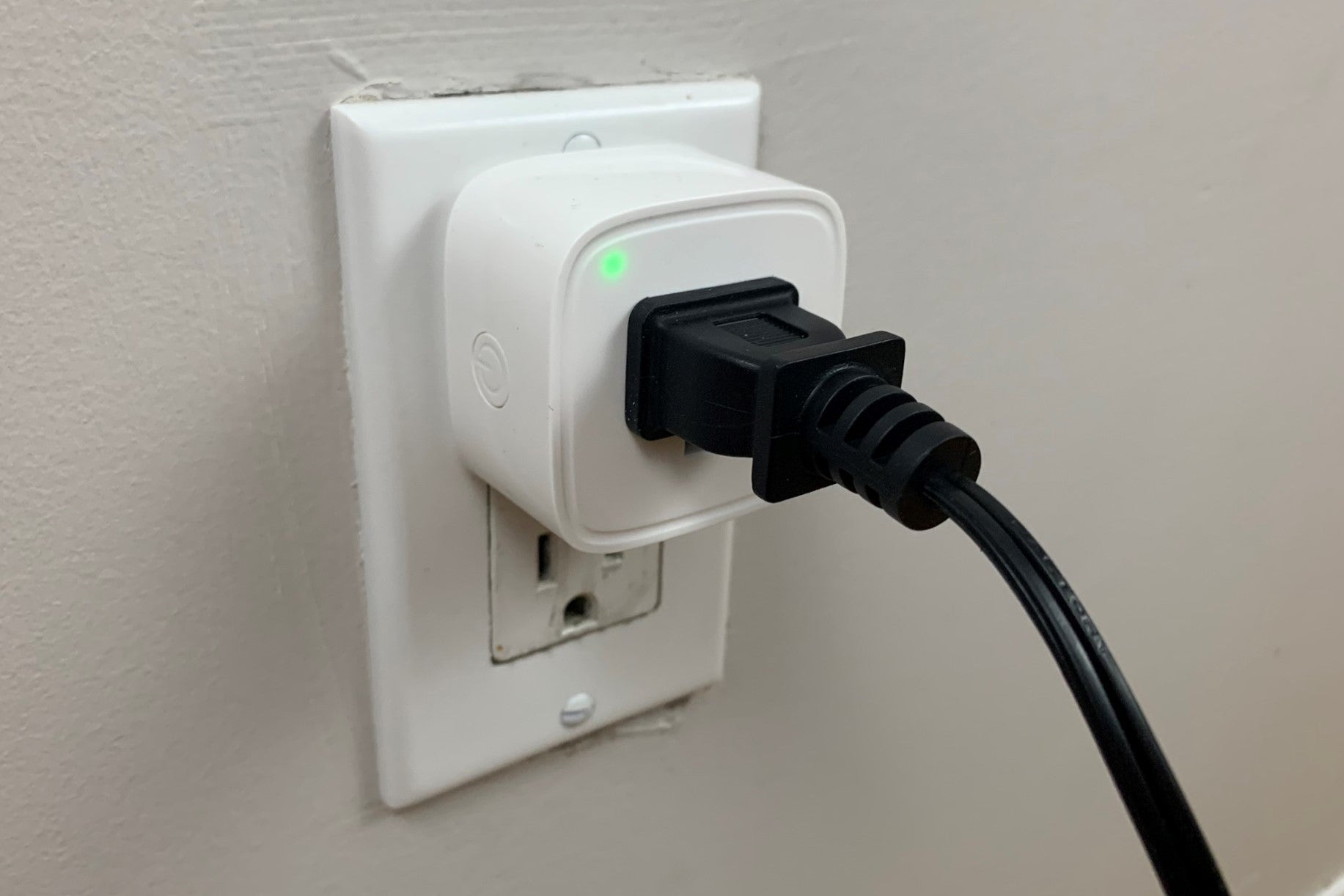

Smart Home Devices
How Much Energy Does A Smart Plug Use
Modified: August 27, 2024
Discover how much energy smart plugs consume and their impact on your smart home devices. Learn how to optimize energy usage with smart home technology.
(Many of the links in this article redirect to a specific reviewed product. Your purchase of these products through affiliate links helps to generate commission for Storables.com, at no extra cost. Learn more)
**
Introduction
**
Smart plugs have revolutionized the way we interact with our homes, offering unparalleled convenience and control over our electronic devices. These nifty devices enable users to remotely manage and automate the operation of various appliances, from lamps and coffee makers to televisions and air conditioners. As the demand for smart home technology continues to soar, it's essential to understand the energy consumption of these devices, particularly smart plugs, to make informed decisions about their usage.
In this comprehensive guide, we'll delve into the world of smart plugs, exploring their functionality, energy consumption, and the factors that influence their efficiency. By gaining a deeper understanding of how smart plugs operate and their impact on energy usage, you'll be better equipped to optimize their performance and minimize unnecessary power consumption. Whether you're a tech enthusiast looking to maximize the benefits of smart plugs or a homeowner aiming to reduce energy costs, this article will provide valuable insights into the energy usage of smart plugs and practical tips for efficient utilization.
Let's embark on a journey to unravel the mysteries of smart plug energy consumption, empowering you to harness the full potential of these innovative devices while promoting sustainability and cost-effectiveness in your home.
**
Key Takeaways:
- Smart plugs use minimal power and help reduce energy waste by controlling devices, making homes more efficient and cost-effective.
- By integrating smart plugs into smart home systems and using energy-efficient devices, households can create sustainable and eco-friendly living environments.
Read more: How To Use Wemo Smart Plug
Understanding Smart Plugs
**
Before delving into the intricacies of smart plug energy consumption, it’s essential to grasp the fundamental principles behind these ingenious devices. Smart plugs, also known as smart outlets or Wi-Fi outlets, are compact adapters that fit into traditional electrical outlets, effectively transforming standard appliances into smart, connected devices. By simply plugging an electronic device into a smart plug, users can gain remote control capabilities, scheduling functionality, and energy monitoring features.
One of the key advantages of smart plugs lies in their ability to imbue “dumb” appliances with smart capabilities, empowering users to seamlessly integrate them into their smart home ecosystems. This means that even non-smart devices, such as lamps, fans, and kitchen appliances, can be controlled and automated using smart plugs, thereby enhancing convenience and energy efficiency.
Furthermore, smart plugs are designed to be user-friendly, typically offering intuitive mobile applications or compatibility with popular smart home platforms like Amazon Alexa, Google Assistant, or Apple HomeKit. This accessibility ensures that users can easily manage their connected devices, create schedules, and monitor energy usage from the convenience of their smartphones or voice-activated assistants.
By understanding the versatility and functionality of smart plugs, individuals can appreciate their potential impact on energy consumption and overall home management. With this foundational knowledge in mind, let’s explore the inner workings of smart plugs and how they interact with various household appliances to optimize energy usage and promote efficiency.
**
How Smart Plugs Work
**
At the core of their operation, smart plugs leverage a combination of hardware and software components to enable remote control and automation of connected devices. The hardware aspect encompasses the physical design of the smart plug, including the electrical components and wireless connectivity features that facilitate communication with external devices and networks.
Most smart plugs are equipped with Wi-Fi connectivity, allowing them to connect to a home network and communicate with a designated mobile app or smart home platform. This connectivity enables users to remotely turn devices on or off, create custom schedules, and monitor energy usage in real time, all through the convenience of their smartphones or other smart devices.
From a software perspective, smart plugs rely on dedicated mobile applications or integration with existing smart home platforms to deliver a seamless user experience. These applications typically offer intuitive interfaces that allow users to identify connected devices, set up automation routines, and monitor energy consumption patterns. Moreover, many smart plugs support voice control through popular virtual assistants, enabling hands-free management of connected appliances.
When a device is plugged into a smart plug, it becomes part of a connected ecosystem, granting users the flexibility to customize its operation based on their preferences and lifestyle. Whether it’s scheduling the activation of a coffee maker in the morning, turning off lights remotely to conserve energy, or creating a simulated presence by controlling lamps while away from home, the versatility of smart plugs empowers users to tailor their home environment to suit their needs.
By understanding the seamless integration of hardware and software within smart plugs, users can appreciate the sophisticated mechanisms that underpin these devices’ capabilities. This insight into their functionality lays the groundwork for exploring the energy consumption patterns associated with smart plugs and the factors that influence their efficiency.
**
Energy Consumption of Smart Plugs
**
When evaluating the energy consumption of smart plugs, it’s important to consider both the power they consume while in operation and their potential impact on the connected devices’ overall energy usage. Smart plugs themselves consume a minimal amount of power, typically in the range of 0.5 to 2.5 watts when idle, which is negligible compared to the energy usage of most household appliances.
However, the true significance of smart plug energy consumption lies in their ability to optimize the operation of connected devices, thereby influencing overall energy efficiency. By enabling users to remotely control and schedule the activation or deactivation of appliances, smart plugs contribute to minimizing standby power consumption, also known as vampire power, which occurs when devices remain in a standby or idle state.
Moreover, smart plugs with energy monitoring capabilities provide valuable insights into the power usage of connected devices, empowering users to identify and address energy-hungry appliances. By leveraging the data collected through these monitoring features, individuals can make informed decisions to optimize their energy usage and potentially reduce their electricity bills.
Furthermore, the energy-saving potential of smart plugs extends to their role in facilitating the implementation of smart home automation routines. By integrating smart plugs into comprehensive smart home setups, users can orchestrate synchronized actions among multiple devices, creating energy-efficient scenarios such as automatically turning off all non-essential devices when leaving the house or adjusting lighting and climate control based on occupancy patterns.
Overall, the energy consumption of smart plugs is intricately linked to their impact on the energy efficiency of connected devices and the broader smart home ecosystem. By harnessing the capabilities of smart plugs to streamline energy usage and minimize wasteful consumption, individuals can contribute to a more sustainable and cost-effective home environment.
**
When choosing a smart plug, look for one with a low standby power consumption, ideally less than 1 watt. This will help minimize the energy it uses when not in use.
Factors Affecting Smart Plug Energy Usage
**
Several factors influence the energy usage of smart plugs and their overall impact on connected devices and home energy consumption. Understanding these factors is crucial for optimizing the efficiency and effectiveness of smart plug utilization.
- Device Load and Usage Patterns: The type and power consumption of the devices connected to smart plugs significantly affect their energy usage. High-power appliances, such as air conditioners or space heaters, will have a more pronounced impact on energy consumption when controlled by smart plugs. Additionally, the frequency and duration of device usage play a role in determining the overall energy impact.
- Standby Power Draw: Smart plugs help mitigate standby power draw by allowing users to completely power down devices when not in use. However, certain appliances may have inherent standby power consumption that can influence the overall energy usage, even when connected to smart plugs.
- Automation and Scheduling: The energy-saving potential of smart plugs is maximized through effective automation and scheduling. By creating intelligent routines that align with daily activities and usage patterns, users can optimize energy consumption and minimize unnecessary power usage.
- Energy Monitoring and Insights: Smart plugs equipped with energy monitoring features provide valuable data that can inform energy-saving decisions. By analyzing the energy usage patterns of connected devices, users can identify opportunities to reduce power consumption and enhance overall efficiency.
- Integration with Smart Home Systems: The seamless integration of smart plugs into broader smart home ecosystems enables coordinated actions and energy-efficient scenarios. When smart plugs work in tandem with other smart devices, such as thermostats, lighting systems, and motion sensors, the collective impact on energy usage can be substantial.
By considering these factors and tailoring smart plug usage to align with energy-saving strategies, individuals can maximize the efficiency of their connected devices and contribute to a more sustainable and cost-effective home environment.
**
Read more: How To Use A Smart Plug With A Coffee Maker
Tips for Reducing Smart Plug Energy Consumption
**
Maximizing the energy-saving potential of smart plugs involves implementing strategic practices and leveraging their features to promote efficiency and reduce unnecessary power consumption. By incorporating the following tips into smart plug usage, individuals can optimize energy efficiency and contribute to a more sustainable and cost-effective home environment.
- Select Energy-Efficient Devices: When choosing appliances to connect to smart plugs, opt for energy-efficient models that consume minimal power during operation. This proactive approach can significantly impact overall energy usage and aligns with sustainable living practices.
- Strategic Device Placement: Consider the placement of smart plug-connected devices to ensure optimal energy management. For example, positioning lamps and other lighting fixtures controlled by smart plugs in strategic locations can enhance both energy efficiency and home security.
- Utilize Automation and Scheduling: Leverage the automation and scheduling capabilities of smart plugs to create tailored routines that align with daily activities and usage patterns. By automating the activation and deactivation of devices based on specific times or events, users can minimize standby power consumption and optimize energy usage.
- Monitor and Analyze Energy Usage: Take advantage of smart plugs with energy monitoring features to gain insights into the power consumption of connected devices. By analyzing energy usage patterns, users can identify opportunities to reduce unnecessary power consumption and make informed decisions to optimize energy efficiency.
- Integrate with Smart Home Systems: Integrate smart plugs into broader smart home ecosystems to enable coordinated actions and energy-efficient scenarios. By synchronizing the operation of smart plugs with other smart devices, such as thermostats, sensors, and smart lighting systems, users can create comprehensive energy-saving routines and enhance overall home management.
- Educate and Raise Awareness: Promote awareness of energy-saving practices among household members to ensure collective efforts toward reducing energy consumption. By educating family members about the benefits of smart plug usage and energy-efficient behaviors, individuals can foster a shared commitment to sustainability within the home.
By implementing these tips and embracing energy-conscious habits, individuals can harness the full potential of smart plugs to minimize energy consumption, reduce electricity costs, and contribute to a greener, more sustainable living environment.
**
Conclusion
**
As smart home technology continues to evolve, smart plugs stand out as versatile tools for enhancing convenience, promoting energy efficiency, and enabling seamless control over household devices. By gaining a deeper understanding of smart plug energy consumption and the factors that influence their efficiency, individuals can make informed decisions to optimize their usage and minimize unnecessary power consumption.
Throughout this exploration, we’ve uncovered the inner workings of smart plugs, delving into their functionality, energy consumption patterns, and the pivotal role they play in promoting sustainable home management. From their ability to transform traditional appliances into connected devices to their capacity for mitigating standby power consumption, smart plugs offer a myriad of benefits for users seeking to streamline energy usage and reduce electricity costs.
Moreover, the energy-saving potential of smart plugs extends beyond their individual impact, as they seamlessly integrate into broader smart home ecosystems, enabling coordinated actions and energy-efficient scenarios. By leveraging automation, scheduling, and energy monitoring features, users can orchestrate intelligent routines that align with their lifestyle and contribute to a more sustainable and cost-effective home environment.
As we embrace the era of interconnected homes and smart living, the conscientious utilization of smart plugs emerges as a catalyst for positive change, empowering individuals to make meaningful contributions to energy conservation and environmental sustainability. By implementing energy-saving strategies, selecting energy-efficient devices, and raising awareness about sustainable practices, households can collectively embrace the transformative potential of smart plug technology.
In conclusion, the journey to unravel the mysteries of smart plug energy consumption has equipped us with the knowledge and insights needed to leverage these innovative devices for maximum efficiency and sustainability. By embracing energy-conscious habits and harnessing the capabilities of smart plugs, individuals can embark on a path toward a greener, more energy-efficient future, where smart homes harmoniously coexist with environmental responsibility and cost-effective living.
Frequently Asked Questions about How Much Energy Does A Smart Plug Use
Was this page helpful?
At Storables.com, we guarantee accurate and reliable information. Our content, validated by Expert Board Contributors, is crafted following stringent Editorial Policies. We're committed to providing you with well-researched, expert-backed insights for all your informational needs.

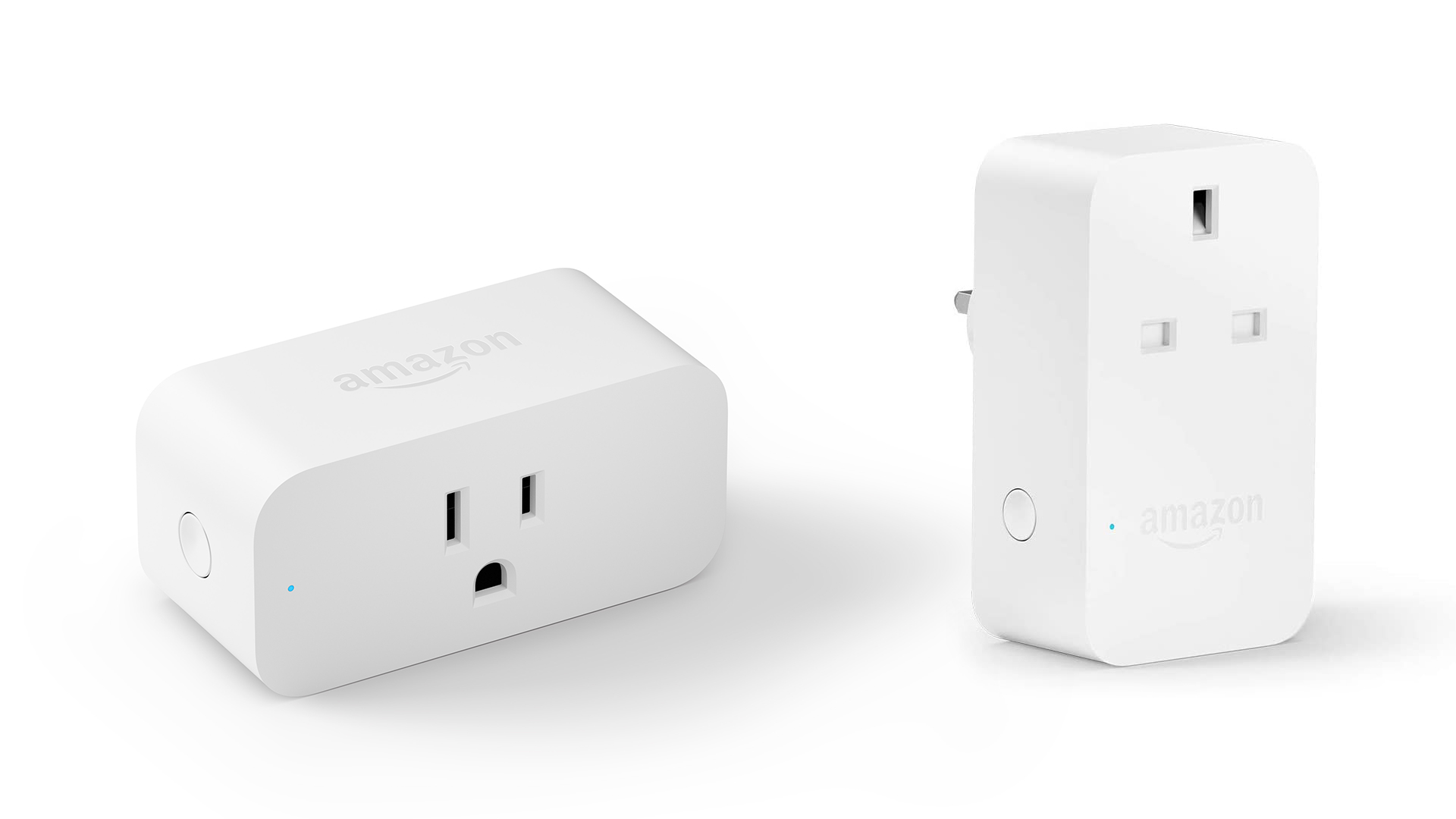
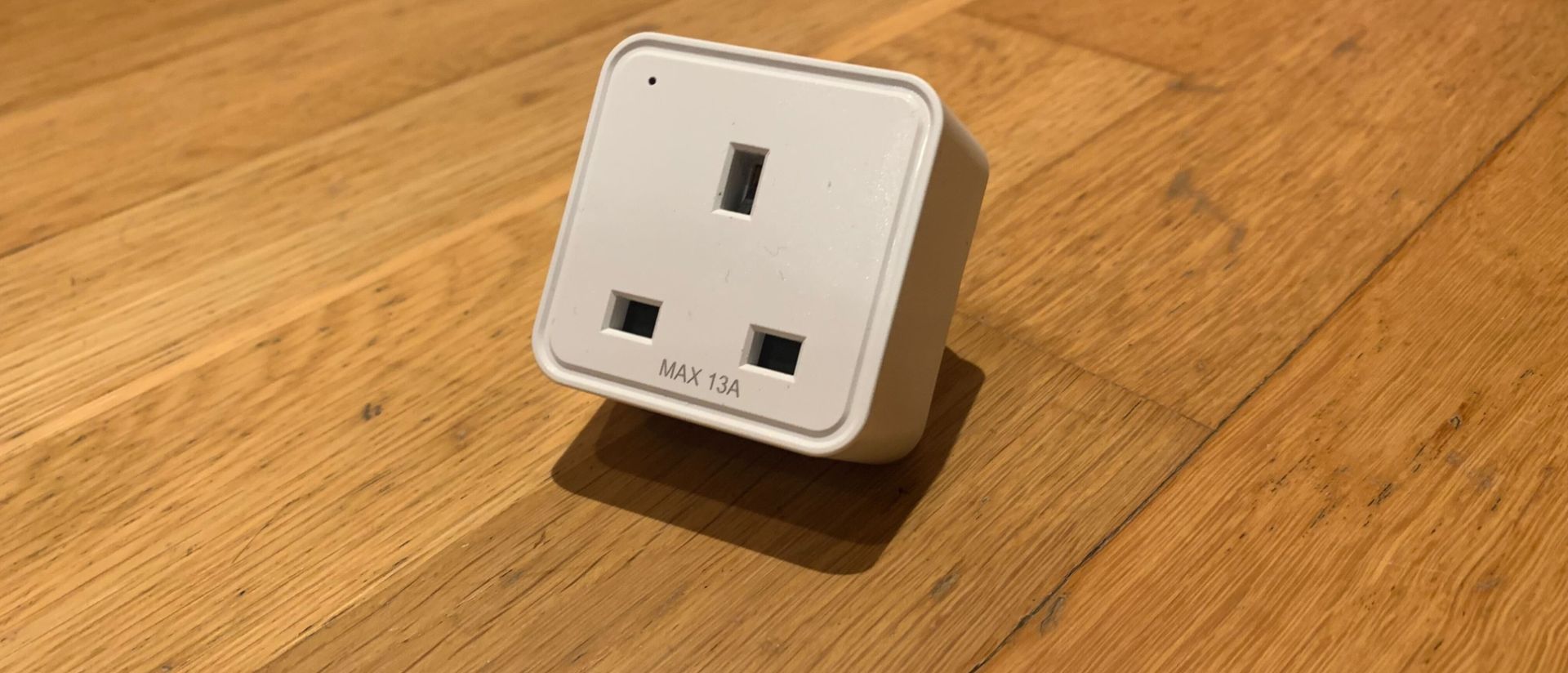
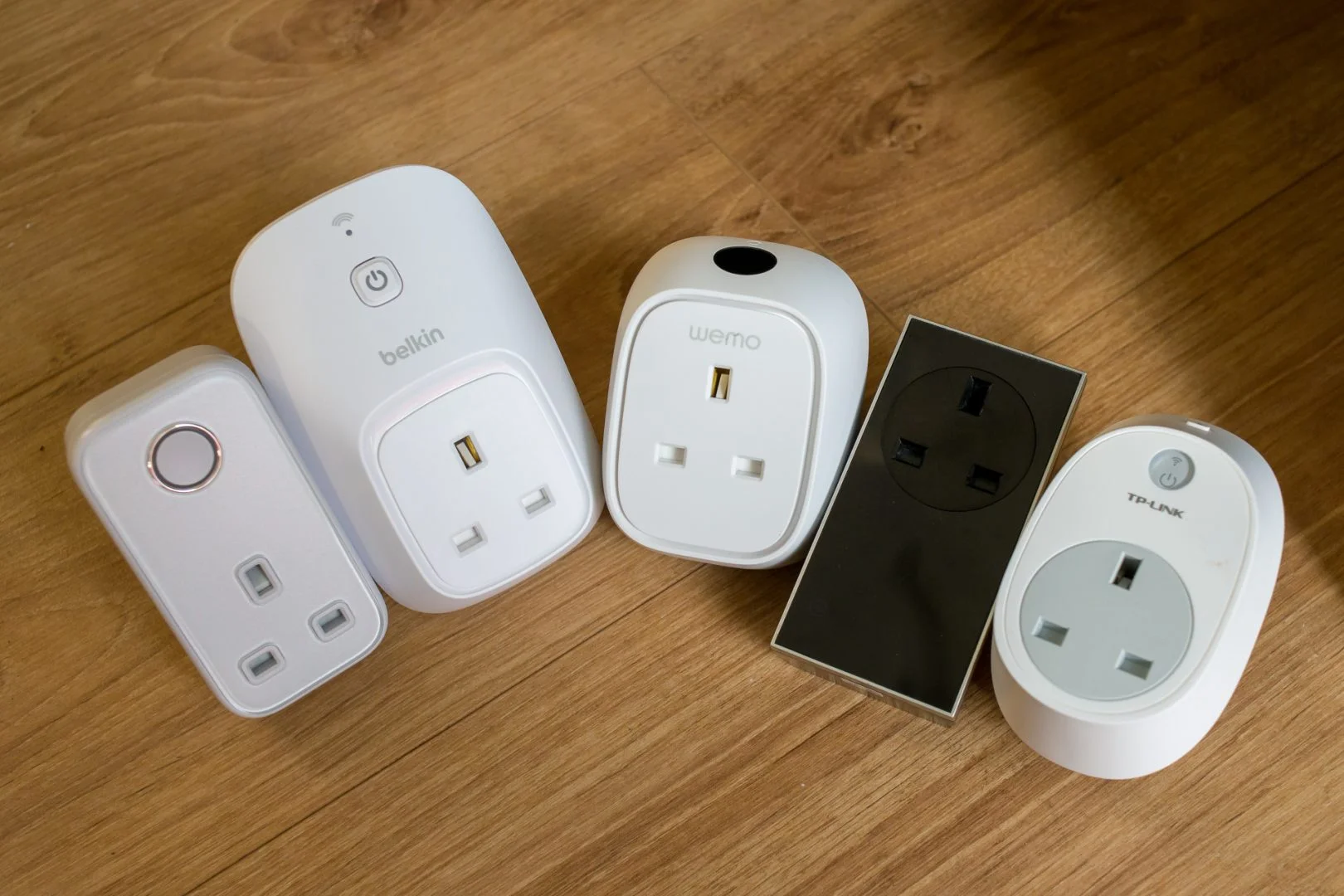
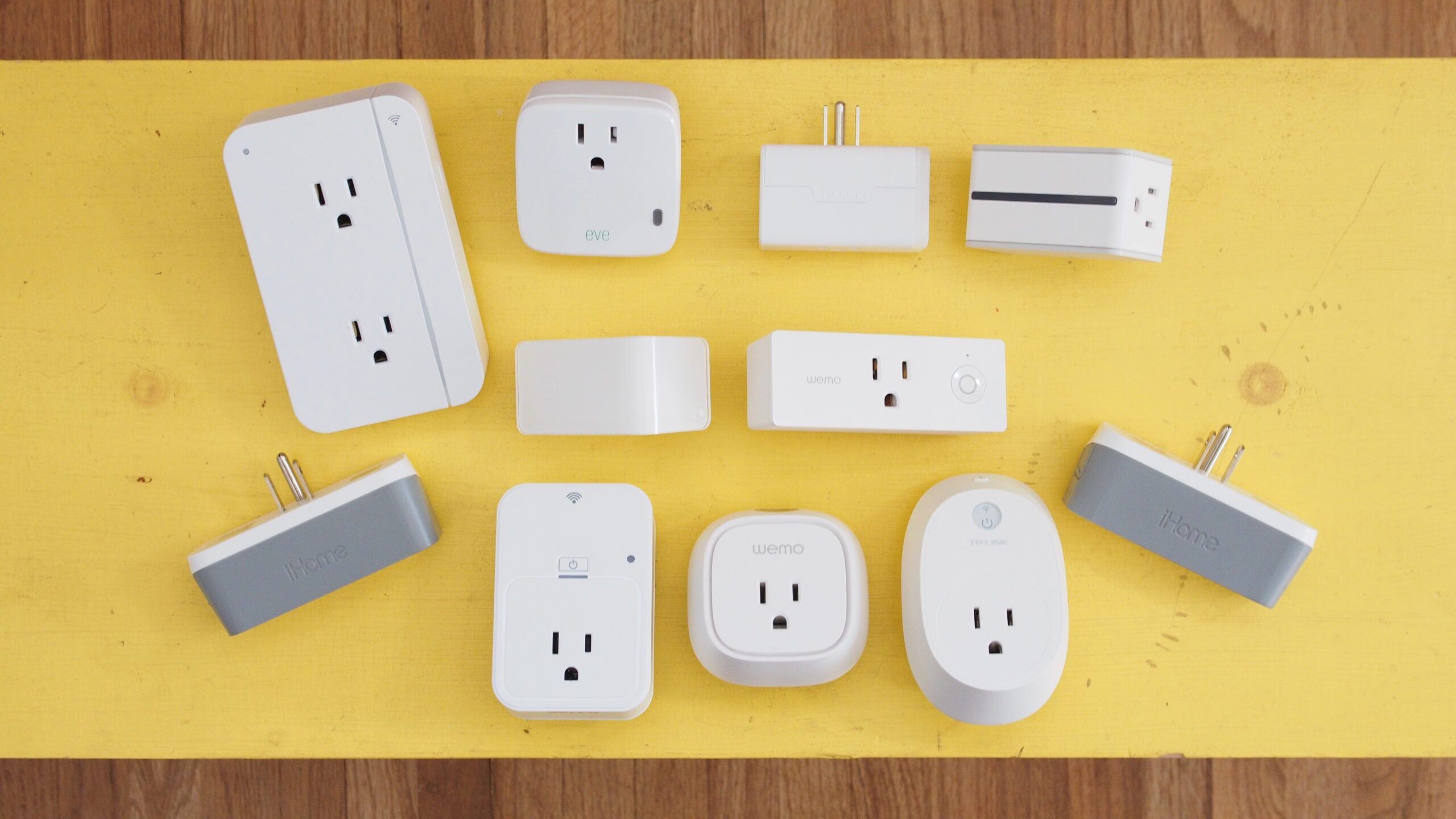
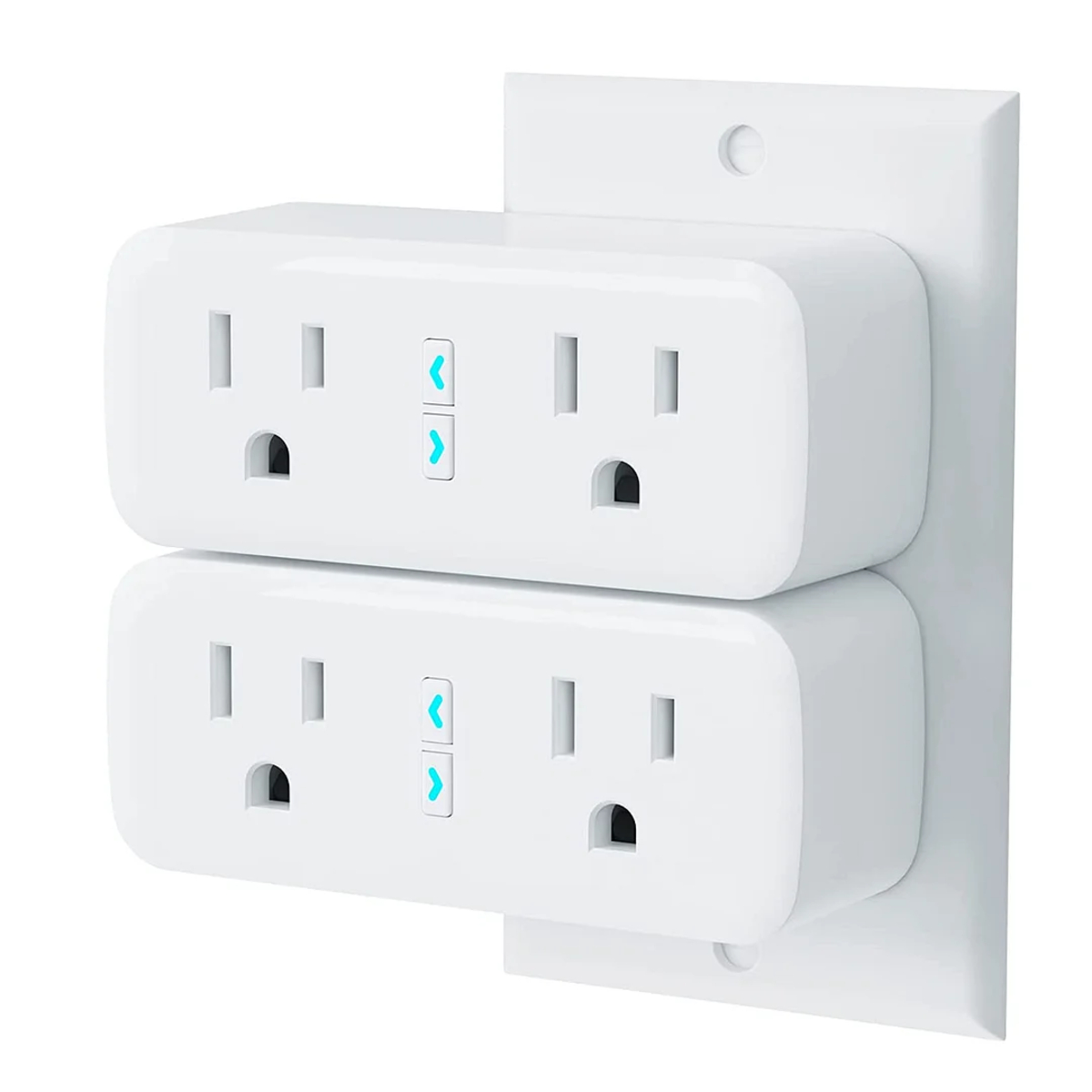
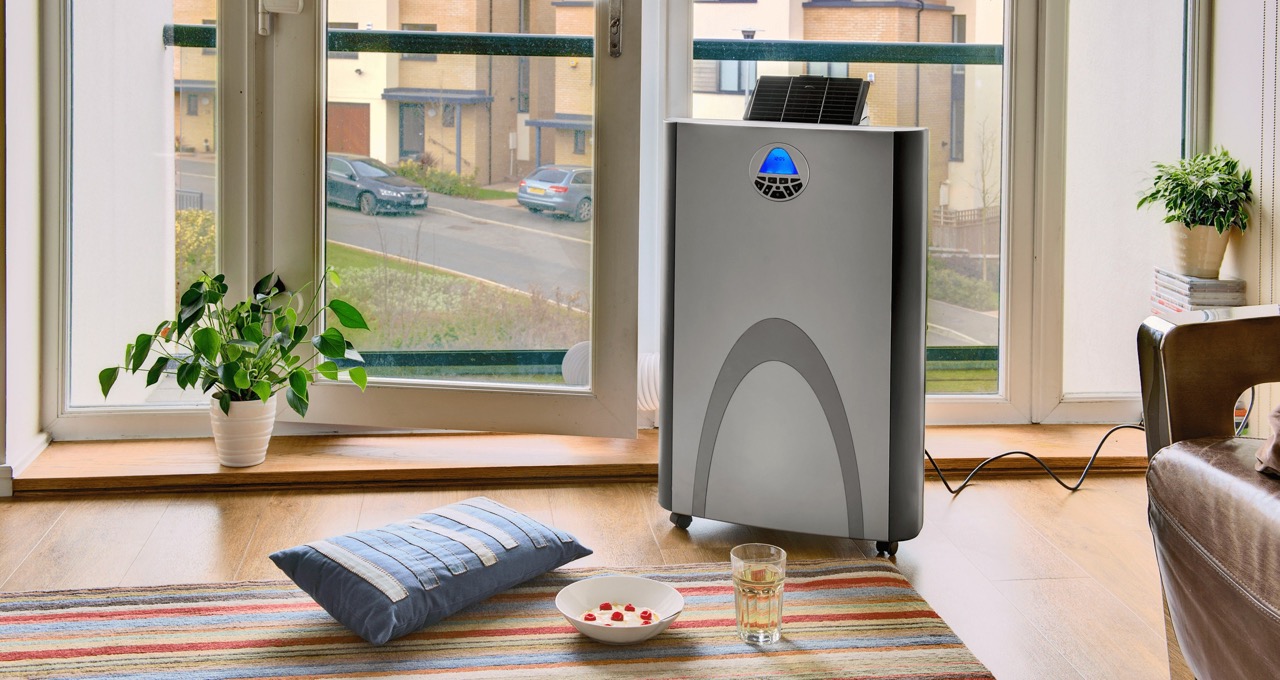
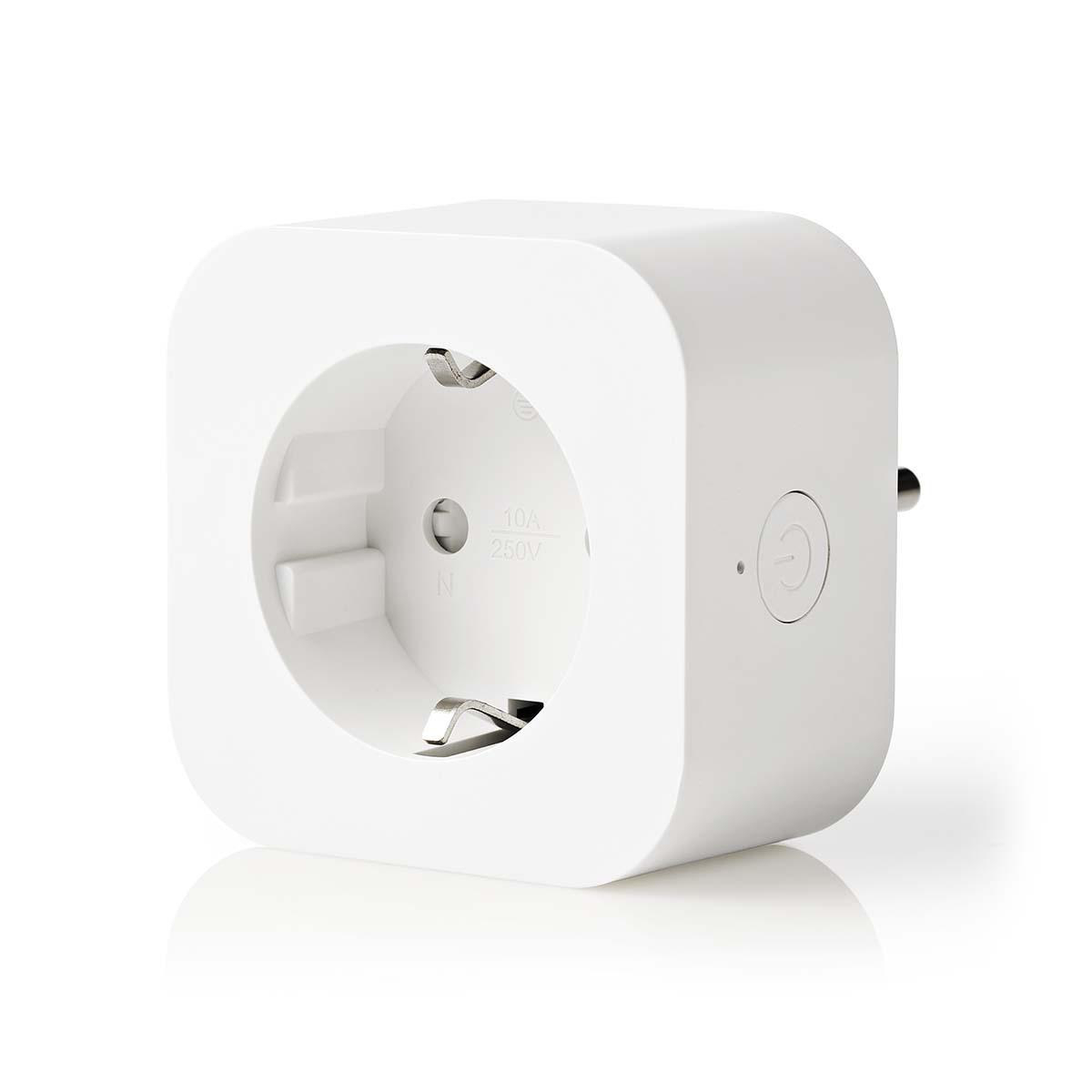
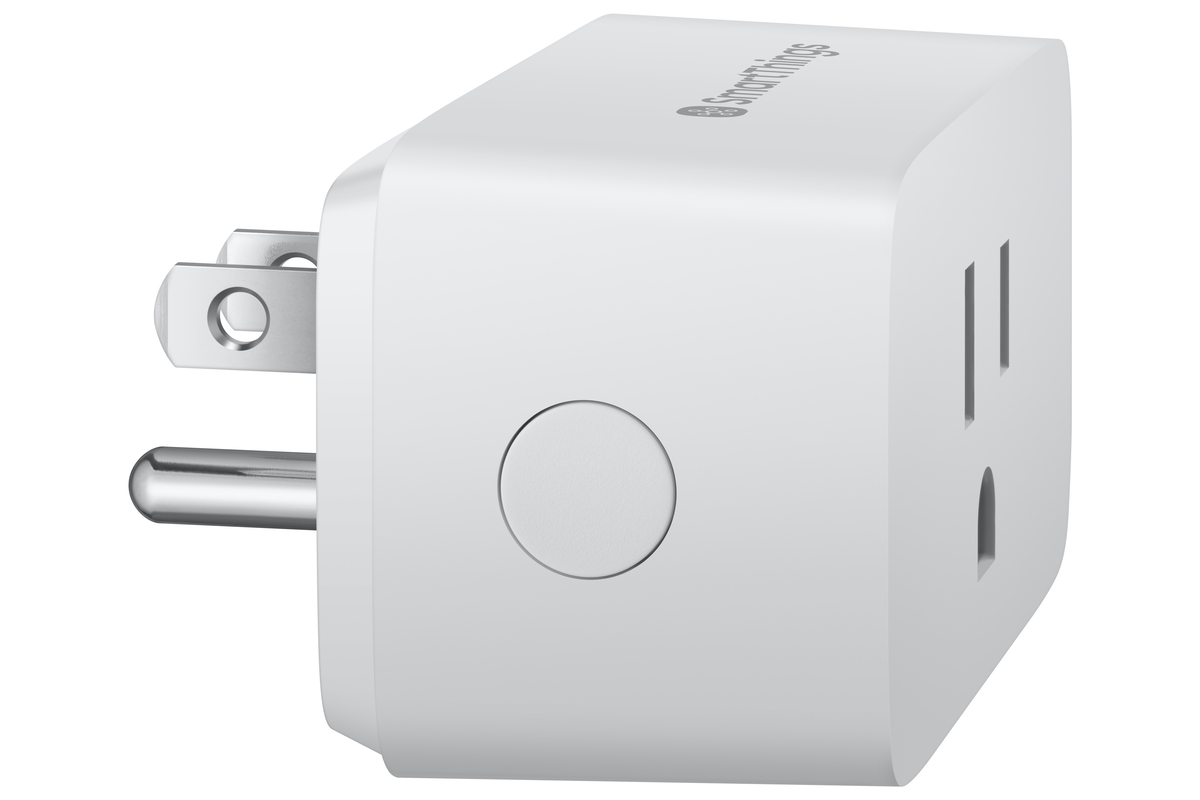
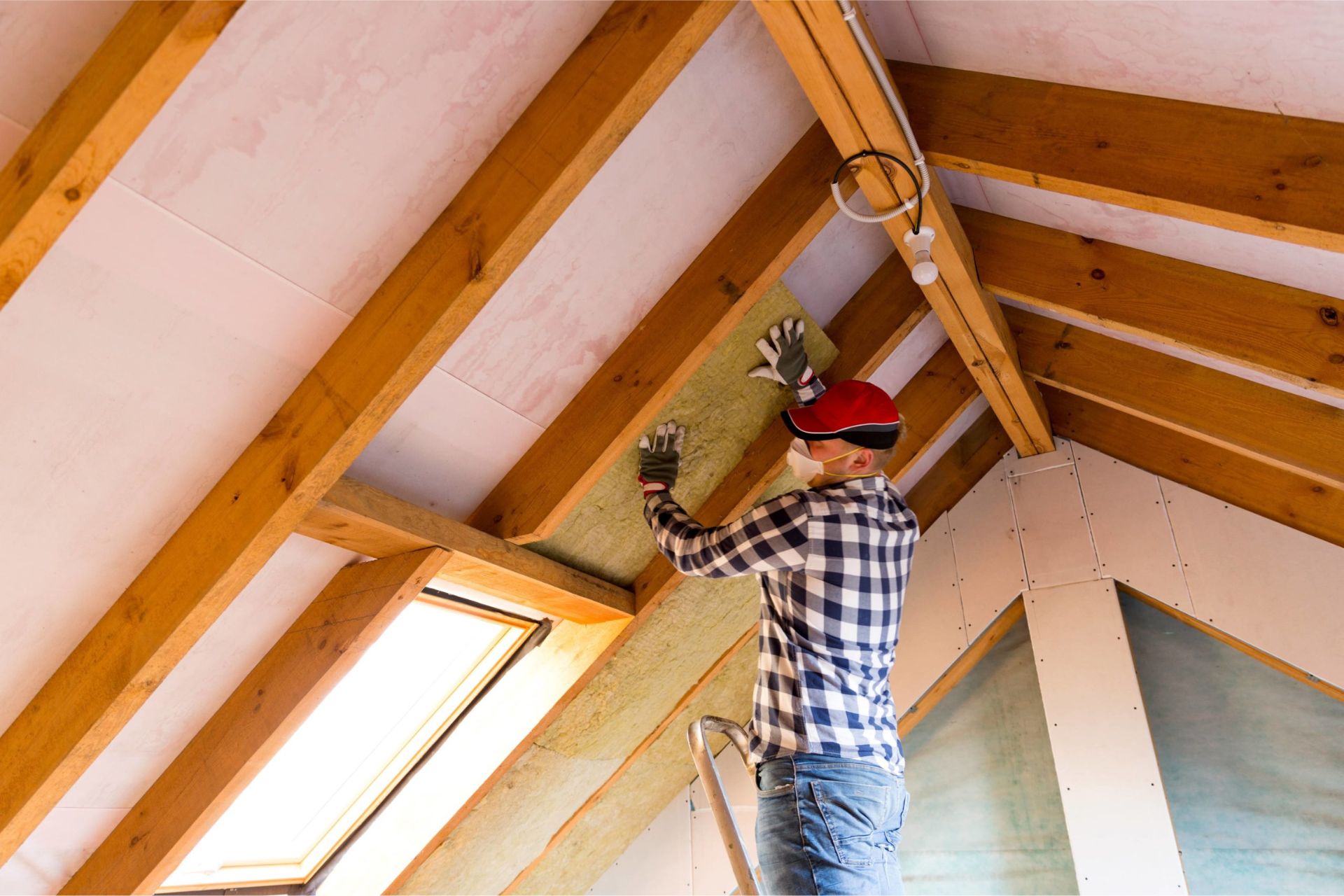
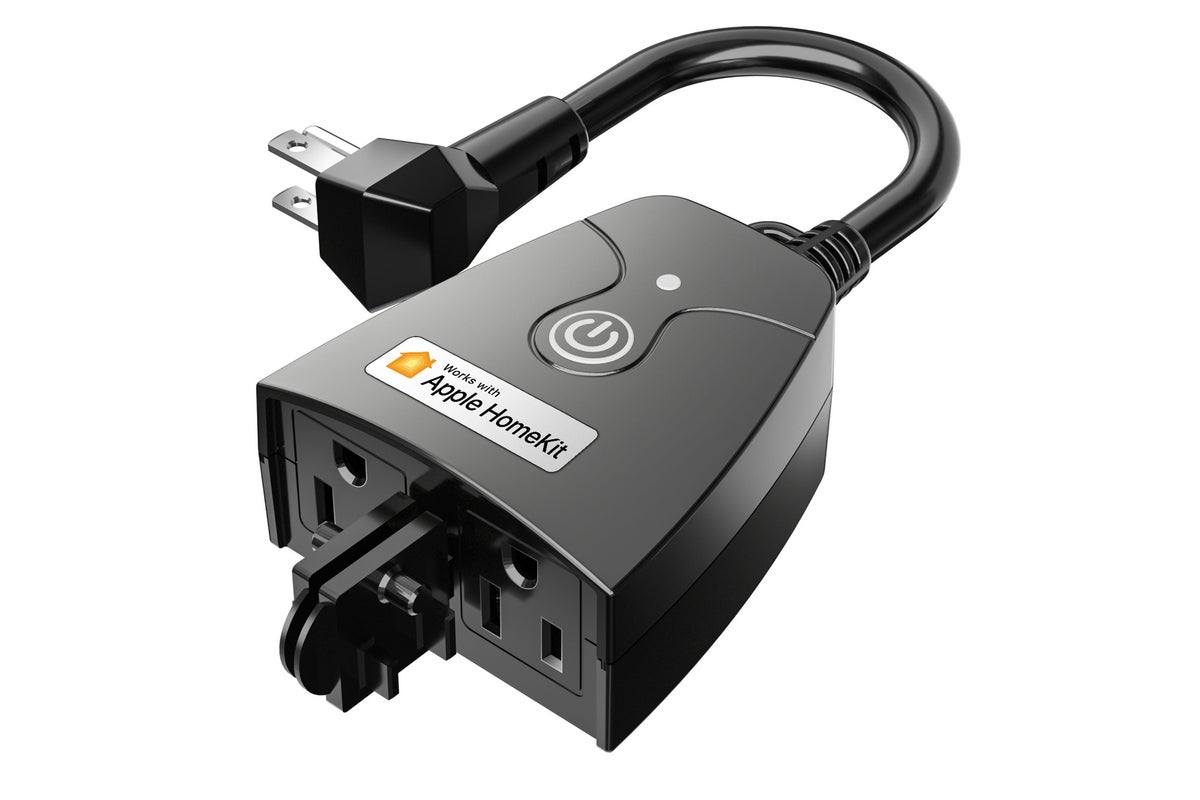
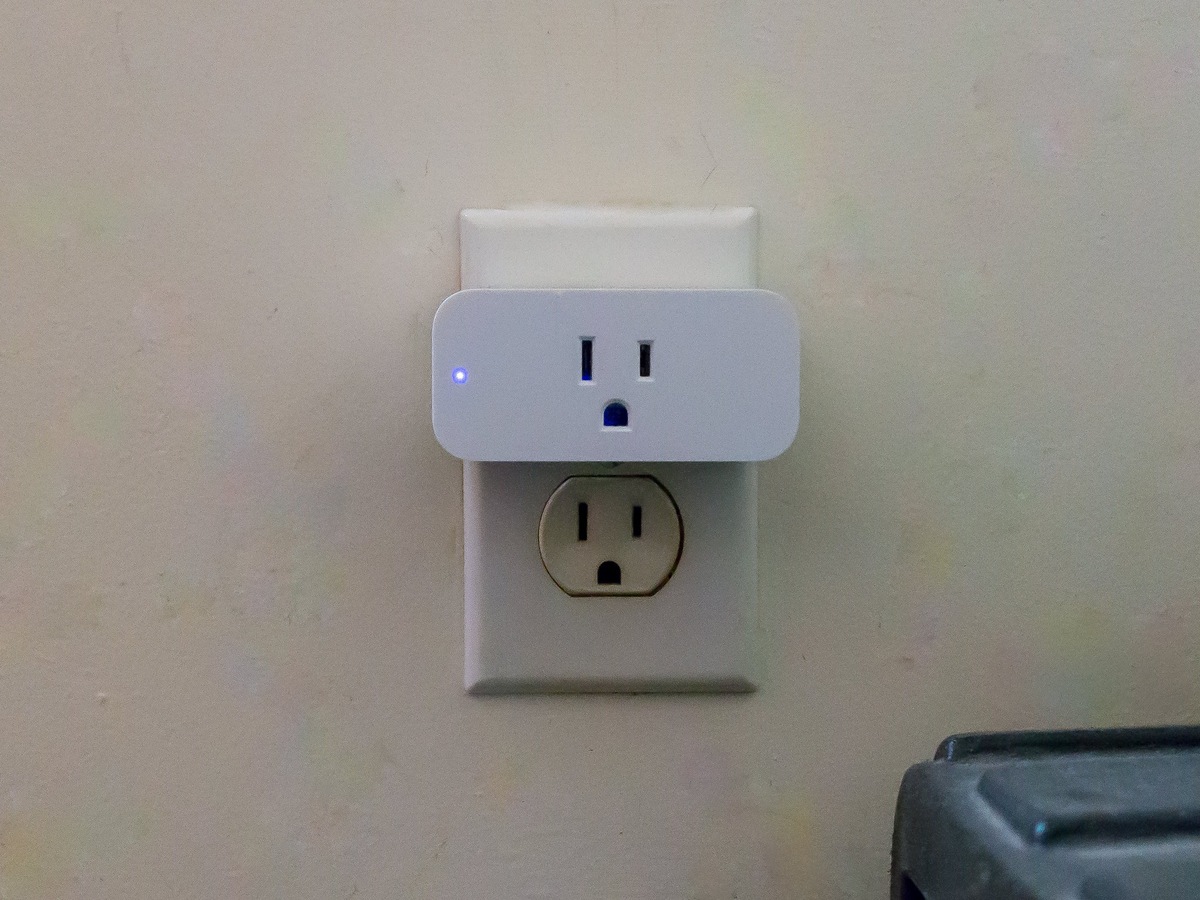
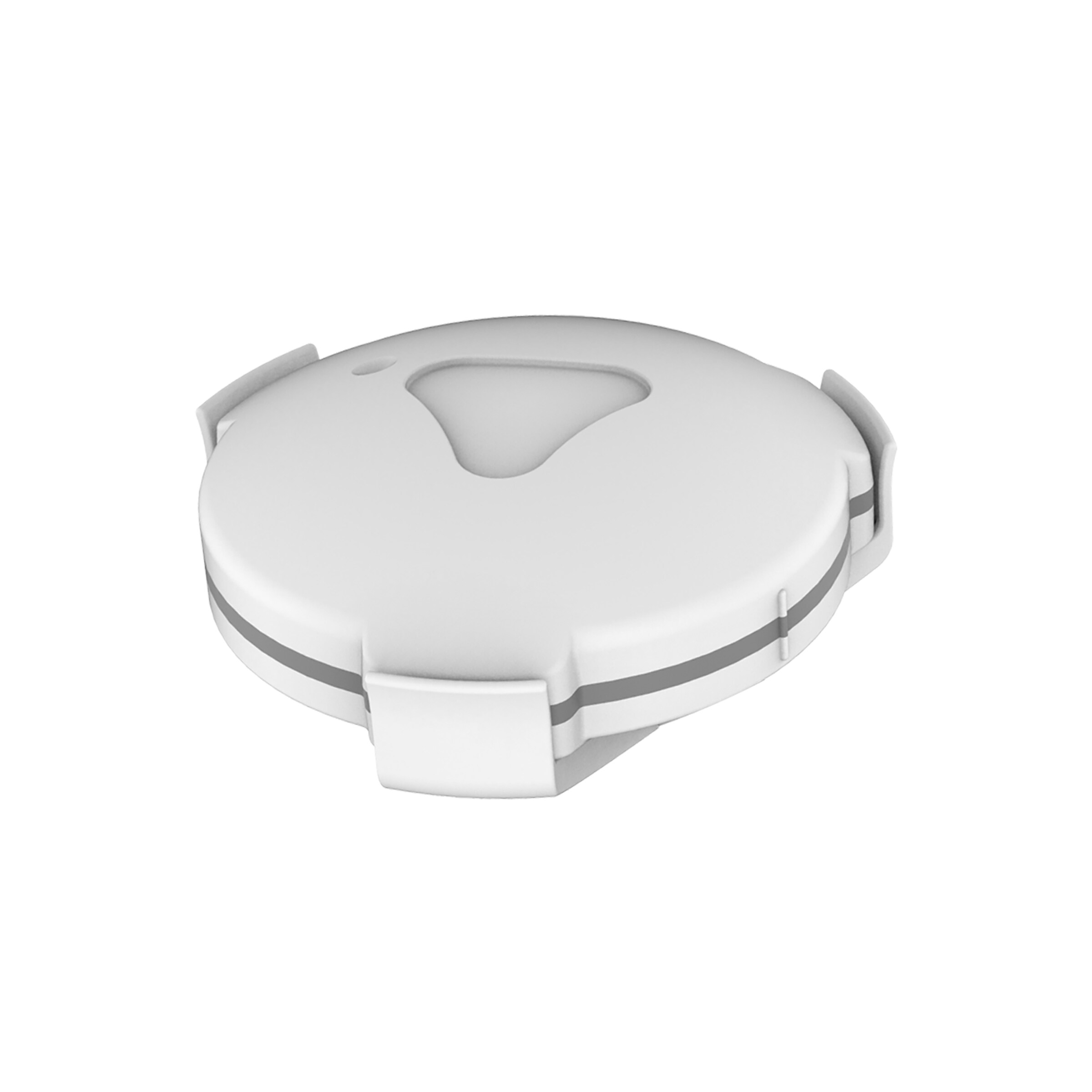
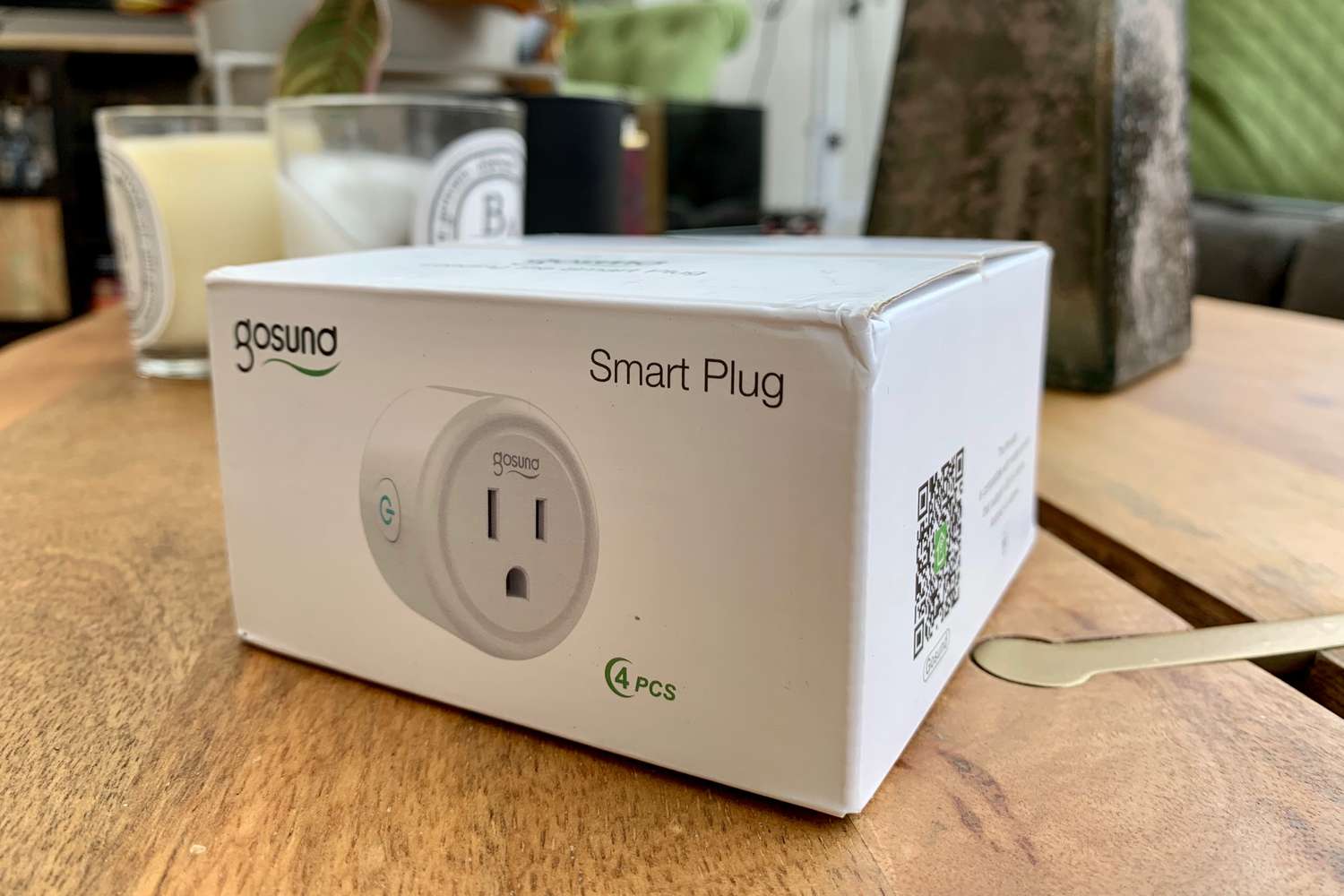

0 thoughts on “How Much Energy Does A Smart Plug Use”